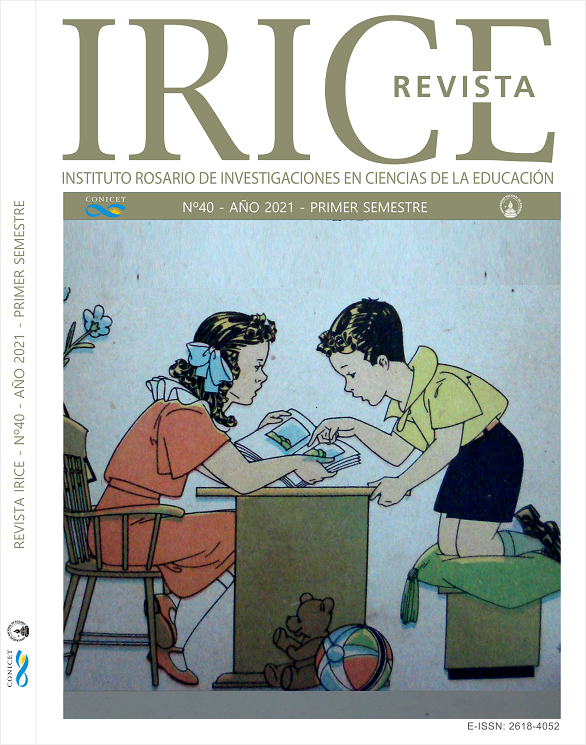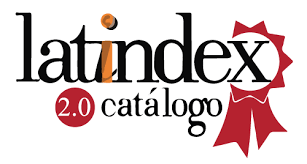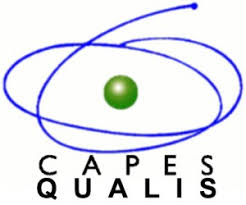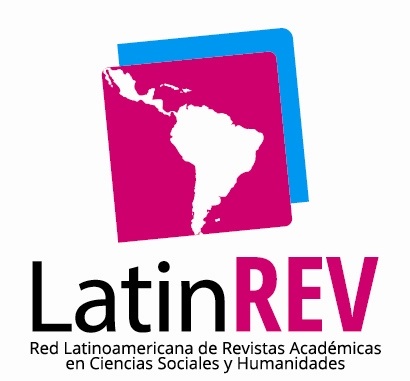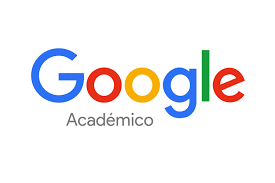The Transversality concept and its contribution to education
DOI:
https://doi.org/10.35305/revistairice.vi40.1282Keywords:
transversality, transdisciplinarity, curriculum, training modelAbstract
This paper deals with the concept of transversality. In it, the complex nature of its meaning is analyzed and its importance is defined in relation to the way in which the unitary thought of the disciplines has transformed, but also the way it serves to think and resize the curriculum, and a diversity of problems of humanity. It also examines its educational purposes, and the role it plays in the construction of new training models.The article is divided into four sections. The first section raises aspects related to the origin of the concept. In this sense, the intellectual production that constitutes the conceptual infrastructure of transversality is examined. The second section describes the sources, bases, orientations or approaches that have made it possible to develop the conceptualization of mainstreaming. The third section discusses the construction of the concept that integrates the bases and orientations elaborated from different sources. Finally, the conclusions are drawn, which show the importance of making transversality the founding principle of training models. This proposal is crucial to guide research that favors a new training culture and a new vision of learning as a source of all individual or collective social purpose. The articulation between transversality and the training model is crucial to reconceptualize not only the curriculum as a means of training.
Downloads
References
Bauman, Z. (2001). La globalización: consecuencias humanas. Ciudad de México: Fondo de Cultura Económica.
Bermejo, D. (2005). Posmodernidad, pluralidad y transversalidad. Barcelona: Anthropos Editorial.
Bernstein, B. (1977). Classification and Framing of Educational Knowledge. En B. Bernstein, Class, Codes and Control (Vol. 1, pp. 202-230). London: Routledge and Kegan Paul.
Bernstein, B. (1998). Pedagogía, control simbólico e identidad. Madrid: Ediciones Morata.
Catalán, J. R. (2008). Boaventura de Sousa Santos: El ineludible compromiso de la razón postmoderna. Revista Realidad, 116, 247-304. https://doi.org/10.5377/realidad.v0i116.3378
Deleuze, G., & Guattari, F. (1988). Mil mesetas. Capitalismo y Esquizofrenia. Paris: Editorial Pretextos.
Deleuze, G., & Guattari, F. (1993). ¿Qué es la filosofía? Barcelona: Editorial Anagrama.
Dogan, M. (1997). Las nuevas ciencias sociales: grietas en las murallas de las disciplinas. Revista Internacional de Ciencias Sociales, 153, 1-12.
Fernández de Castro, P. (2012). El camino hacia la transversalidad de género, el empoderamiento y la corresponsabilidad en las políticas de igualdad de género. Revista de Filosofía, Derecho y Política, 16, 79-104. Recuperado de https://e-archivo.uc3m.es/handle/10016/15198
Foucault, M. (1972). La Arqueología del Saber. México: Siglo XXI Editores.
Gavidia Catalán, V. (2001). La transversalidad y la escuela promotora de salud. Revista Española de Salud Pública, 75, 505-516.
Gibbons, M. (1998). Pertinencia de la educación superior en el siglo XXI. Recuperado de https://www.fceia.unr.edu.ar/geii/maestria/2013/ADOLFO%20STUBRIN/BIBLIOGRAF%C3%8DA%202013/
Giddens, A. (1993). Consecuencias de la modernidad. Madrid: Alianza Editorial.
Harvey, D. (1990). La condición de la postmodernidad. Buenos Aires: Amorrortu Editorial.
Ianni, O. (2004). La era del globalismo. México: Siglo XXI Editores.
Lyotard, F. (1987). La condición postmoderna. Informe sobre el saber. Madrid: Ediciones Cátedra.
Moreno Bayardo, M. G. (2005). Potenciar la educación. Un currículum transversal de formación para la investigación. REICE. Revista Iberoamericana sobre Calidad, Eficacia y Cambio en Educación, 3(1), 520-540.
Nicolescu, B. (1999). La Transdisciplinariedad. Manifiesto. París: Ediciones Du Rocher
Ohmae, K. (2012). El próximo escenario global. Desafíos y oportunidades en un mundo sin fronteras. Bogotá: Editorial Norma.
Pöppel, H. (2001). La razón transversal. La posición de Wolfgang Welsch en el enfrentamiento entre modernidad y postmodernidad. Estudios de Filosofía, 24, 33-50. Recuperado de https://revistas.udea.edu.co/index.php/estudios_de_filosofia/article/view/335659
Pryor, A. (2014). The God Who Lives Investigating the Emergence of Life and the Doctrine of God. New York: Pickwick Publications.
Saur, D. (2013). Entrevista a Rosa Nidia Buenfil Burgos. Eclecticismo y transversalidad en la investigación educativa. Propuesta Educativa, 39, 5-12. Recuperado de http://propuestaeducativa.flacso.org.ar/wp-content/uploads/2019/12/REVISTA39_entrevista.pdf
Schrag, C. O. (1994). Transversal Rationality. En T. J. Stapleton (Ed.), The question hermeneutics (pp. 61-78). Dordrecht: Kluwer Academic Publishers,
Taylor, M. C. (2009). End the University as We Know It. The New York Times, 27, A23.
Terán Contreras, J. M., & Bolívar Espinoza, G. A. (2013). Derecho económico y justicia. Positivismo, neoclasicismo y transversalidad de las ciencias sociales. Alegatos. Revista Jurídica de la Universidad Autónoma Metropolitana, 84, 385-410. Recuperado de http://alegatos.azc.uam.mx/index.php/ra/article/view/148
Toledo Rubio, M. A. (2016). La transdisciplina en la investigación del diseño, En C. P. Villagómez & J. C. Saldaña Hernández (Comps.), La transdisciplina en el arte y el diseño (pp. 93-110). Guanajuato: Universidad de Guanajuato.
Welsch, W. (2000). Reason: traditional and contemporary. International Philosophy Today, 4, 65-78.
Downloads
Published
How to Cite
Issue
Section
License
Copyright (c) 2021 Deicy correa mosquera, Isabel Guzmán Ibarra, Rigoberto Marín Uribe

This work is licensed under a Creative Commons Attribution-NonCommercial-ShareAlike 4.0 International License.
Authors who publish with this journal agree to the following terms:
Authors will retain their copyright and grant the journal the right of first publication of their work, which will simultaneously be licensed under the Creative Commons Attribution-NonCommercial-ShareAlike 4.0 License.
Authors may enter into separate, additional non-exclusive licensing agreements for the distribution of the published version of the work (e.g., depositing it in an institutional repository or publishing it in a monographic volume), provided that the initial publication in this journal is acknowledged.
Authors are permitted and encouraged to disseminate their work online (e.g., in institutional repositories or on their personal websites) prior to and during the submission process, as this can lead to productive exchanges and increase the visibility and citation of the published work. (See The Open Access Effect).

